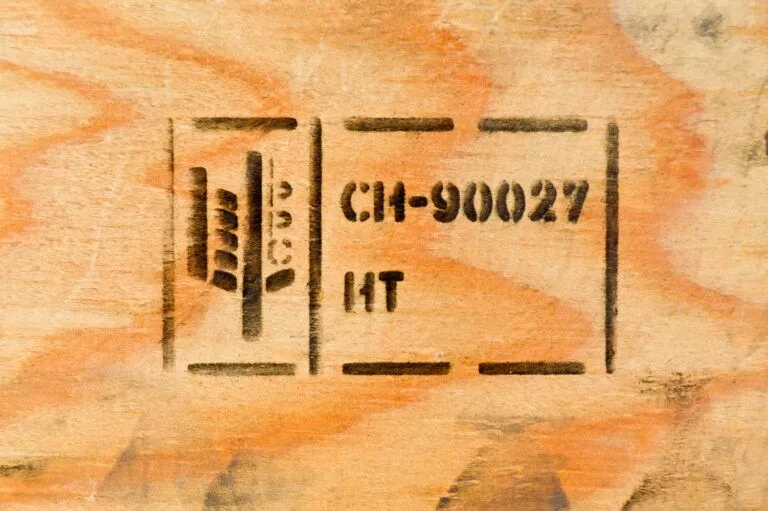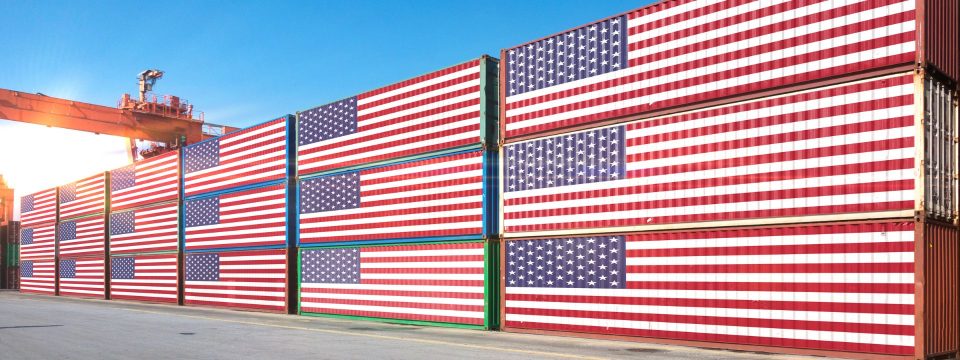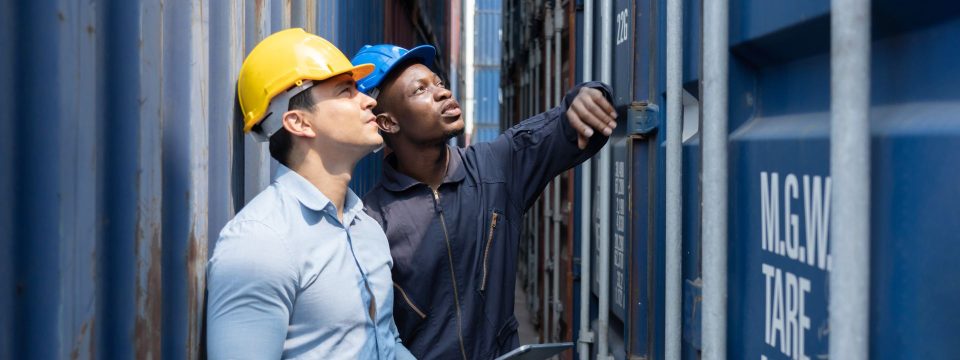Am I At Risk of Paying an Anti-Dumping Duty on My Import?
October 28, 2022 Customs
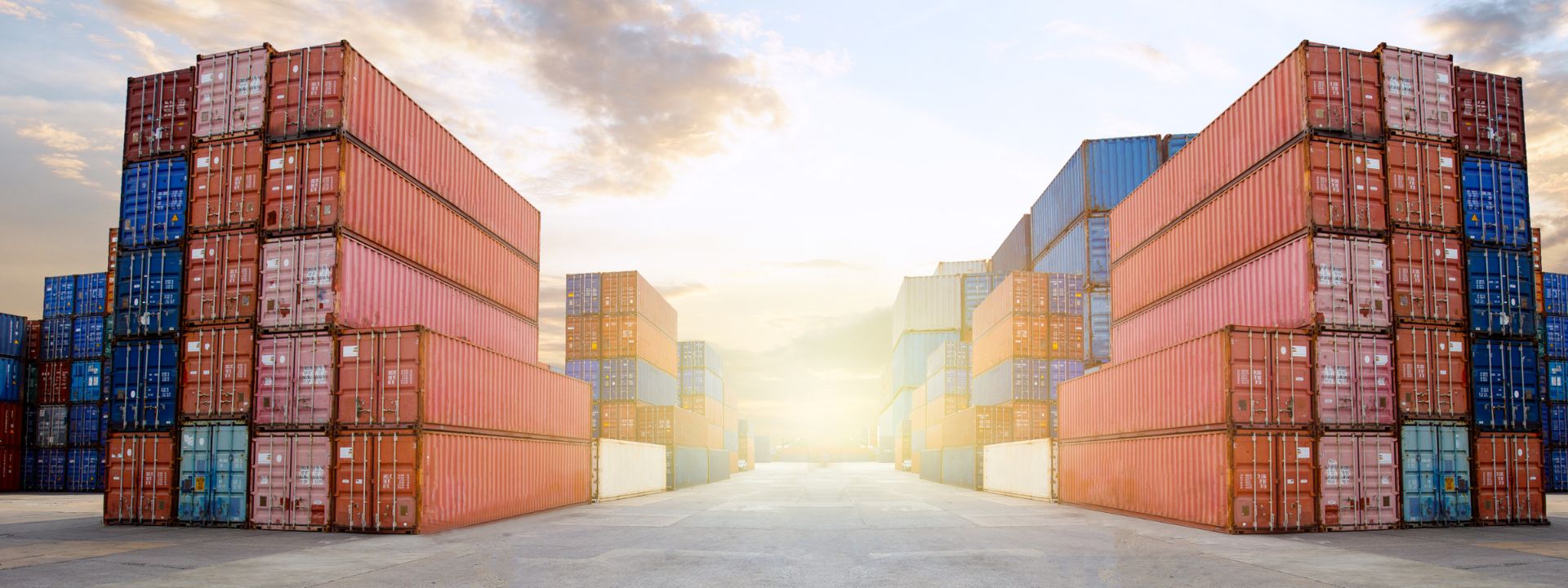
Anti-dumping duty is a tax on ‘dumped’ imports that threaten Australian businesses. Australia has implemented a tough anti-dumping regime to ensure that foreign companies do not take advantage of the domestic marketplace. It’s important for importers and exporters to have an understanding of anti-dumping duty, as it can significantly, yet avoidably, escalate the cost of a transaction.
If you’re looking to understand what anti-dumping duty is and how it can affect your business, you’re in the right place. Below, we’ll take a detailed look at the duty. We’ll explain what ‘dumping’ is, the strict measures against it and examine the case of aluminium, which has been subject to anti-dumping duty in recent years.
What is dumping?
‘Dumping’ refers to a product imported into Australia at a price much lower than the price charged locally (or below what it actually costs to manufacture the product). It’s when a company, effectively, ‘dumps’ a product into the Australian market. ‘Dumping’ is not outrightly prohibited, but it’s considered ‘anti-competitive conduct’ and may be in breach of national competition legislation.
The World Trade Organisation considers dumping a case of ‘international price discrimination, as the price is much less than the price charged in the market of the exporting nation. Article VI of the General Agreement on Tariffs and Trade (GATT), of which Australia is a signatory, specifically allows countries to impose ‘anti-dumping duties’ on ‘dumped’ imports that causes or threatens injury to a domestic industry or materially hinder the establishment of a domestic industry.
‘Material injury’ essentially means injury greater than what’s likely to occur in the ordinary course of business. The injury can’t be insignificant. It’s assessed by looking at factors such as cash flow, market share, the ability to raise cash flow, stock levels and so on.
How does Australia counter dumping?
Australia has a robust anti-dumping regime administered by the Anti-Dumping Commission, part of the Department of Industry, Science, Energy and Resources. The Commission manages the anti-dumping and countervailing system, investigating claims that ‘dumped’ imports have injured industry. The relevant federal laws in place include the Customs Act 1901 and the Customs Tariff (Anti-Dumping) Act 1975.
Businesses, along with the support of their industry, are able to apply to the Commission through their industrial association for ‘anti-dumping’ or ‘countervailing’ duties to be imposed on a third party. The Commission will then have 20 days to examine the application and decide whether they should investigate the claim or reject it completely. In February 2019, for instance, the Commission initiated an investigation into imports of solid base angle from China (although that investigation was dropped in June).
If you disagree with a decision of the Anti-Dumping Commission, you are able to apply for a review of that decision to the Anti-Dumping Review Panel. This Panel, consisting of six members, can affirm or revoke the decision.
How do you assess anti-dumping duty?
There is, unfortunately, no clear-cut, easy way to calculate the anti-dumping duty. The duties are not set ‘in stone’ and are rather imposed following an investigation undertaken by the Commission. As per the GATT, as mentioned above, Australia can only impose such duties to the extent that the export was dumped.
Duties can be imposed either after an investigation launched by an application, or by the Commission reviewing the dumping margin for all imports by the importer during a certain period.
To reduce your anti-dumping bill, you may consider applying for a dumping duty assessment. This will involve your business arguing to the Commission that the rates imposed are too high. In many cases, dumping duties are reduced quite substantially from the 100% mark. However, you can only make such an application within six months at the end of the so-called “importation period”, which is each six-month period after the imposition of dumping duties.
Can I apply for an anti-dumping duty?
Yes. As stated above, you can apply to the Anti-Dumping Commission for such a duty.
If you have lower than 200 staff members, you’re eligible to access the benefit of the International Trade Remedies Advisory Service. This service can assist manufacturers and producers to prepare applications for anti-dumping measures and investigations. They can also assist importers in preparing applications for duty assessments and exemptions. They’re also able to generally advise on the anti-dumping regime.
Am I at risk of paying an anti-dumping duty?
Before placing an order from an overseas supplier, it’s critical that you find out if you are liable to pay dumping duty (and how much you have to pay).
The Commission requires importers to self-assess whether the goods will be subject to the cost. This is where Australian businesses most often get caught out. It’s common not to do enough research and find out too late that they’re required to pay a duty.

Case Study: Aluminium Extrusions and Anti-Dumping
Aluminium extrusions are currently the subject of intense scrutiny by the Anti-Dumping Commission, with currently five investigations on foot. The Commission has been taking a very critical view of Chinese exports of aluminium, noting in 2016 that, “ongoing significant global over-supply has depressed steel and aluminium prices, resulting in prolonged difficult trading conditions for steel and aluminium producers generally, including in Australia”.
Historically, importing aluminium extrusions was generally risk-free. They were subject to general duties and it did not matter the structure in which you imported those goods.
Those times are gone. Now, aluminium extrusions from China are subject to dumping duties of over 100% and it’s possible that, after the current investigations, this amount will increase.
Dumping duties on aluminium extrusions from China were introduced in 2010 and have proven to be a constant obstacle for importers ever since. Current investigations include:
A continuation inquiry into Chinese exports
Dumping duties on aluminium extrusion exports from China were due to expire this year, but the industry has now lodged an application for the duties to continue and the Commission has commenced a continuation inquiry. The Commission has been tasked with assessing whether Chinese dumping is likely to continue and, if it does, whether it will cause material injury to Australian industry. It’s critical for importers here to let their suppliers know about this inquiry and insist on their involvement.
Investigations into Malaysian exports
Dumping duties are also applicable on aluminium extrusions exported from Malaysia. The industry has filed applications for two investigations into exports of aluminium extrusions from Malaysia. Its alleged importers are moving supply from China to Malaysia in order to take advantage of current exemptions to the anti-dumping duty. Importers and exporters should be involved and we urge you to make submissions prior to 1 April 2020.
Chinese Aluminium micro extrusions
In February 2020, the Commission launched an investigation into aluminium micro extrusions exported from China (these are the extrusions you will see on items like flyscreens). The investigation focuses on two particular exporters who are exempt from the duty, with industry claiming the duty is around 60 to 90%. Submissions for this inquiry are due by 25 March 2020.
Aluminium extrusions from Vietnam and Malaysia.
The Minister has requested that the Commission review dumping duties exports of aluminium extrusions from these two South-East Asian nations. Only the particular exporters involved in the review will receive a rate.
It’s critical for importers to monitor the course of these inquiries to observe any rate changes and whether they’ll affect your operations.
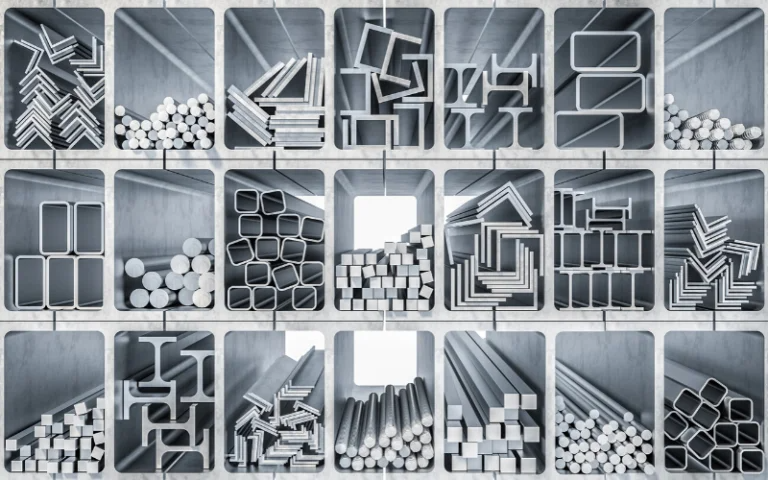
Importing a product that may be subject to anti-dumping measures
It’s critical for importers to do the following when they may be subject to anti-dumping measures, which may include a high anti-dumping duty:
- Speak to your customs advisor to correctly classify your product;
- Ensure you provide all details of the products you are bringing in; and
- Note that, if you are exporting, the country of import may have anti-dumping measures in place. Ensure you clarify the applicable tariff codes in advance.
If you are facing a high anti-dumping duty, you should consider:
- Whether the duty doesn’t apply (this may because of the nature of the goods or the tariff classification);
- Whether the assessment of the duty is correct;
- Finding out the due date to make a dumping duty assessment application (and, of course, speaking to your supplier to find out if they’ll cooperate in a dumping duty assessment);
- Compiling a list of imports during the six-month importation period; and
- Lodging an application well before the due date.
Final tips
The anti-dumping regime in Australia is complex and making applications can be quite time-consuming.
The Anti-Dumping Commission has helpfully published the Dumping and Subsidy Manual, which attempts to inform parties about how the anti-dumping and countervailing system in Australia works.
If you’ve got any further questions about anti-dumping duties, feel free to contact one of our cargo specialists at International Cargo Express on 1300 227 461.
Request A Quoteor call us on 1300 227 461
Recommended For You

We Consult. We Plan. We Deliver.
- CONSULT – We discuss your specific needs.
- PLAN – We develop a bespoke tailored plan that is cost-effective & efficient.
- DELIVER – We manage your shipment and keep you updated from beginning to end.
